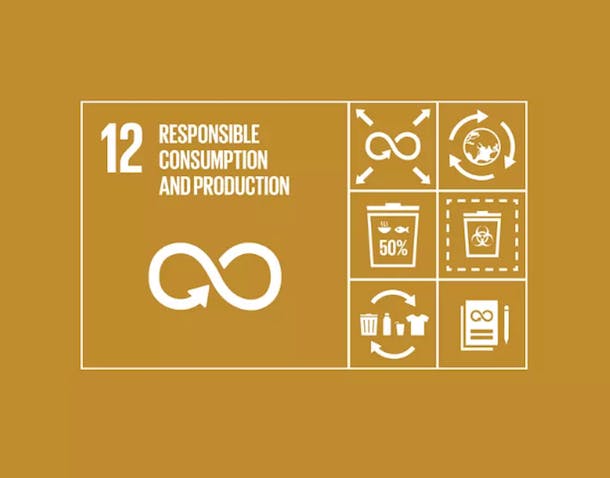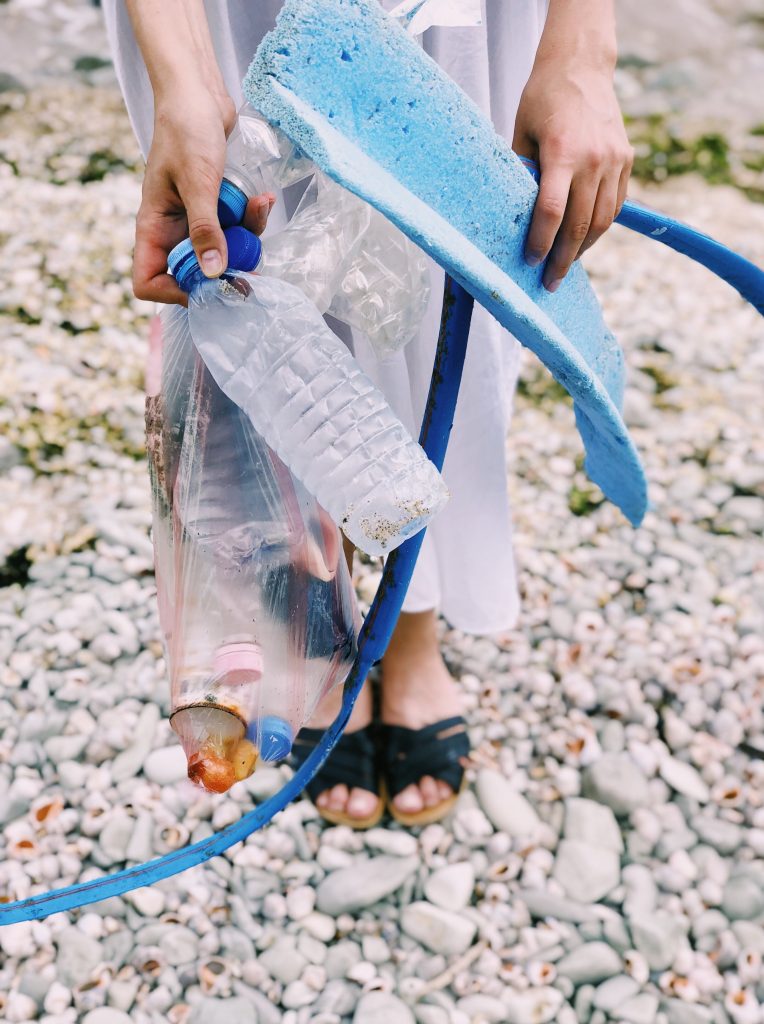Editor’s note: this post was updated June 6, 2019.
A recent study found that people may be consuming anywhere from 39,000 to 52,000 microplastic particles a year. This startling finding is just the tip of the iceberg: The challenge of plastic pollution does not stop at borders, and it won’t disappear with time. World Oceans Day (June 8) is a crucial moment to elevate awareness on our global plastic problem, learn about sustainable action, and renew our commitment to #BeatPlasticPollution.
An Inescapable Challenge
Plastic is uniquely problematic for the environment because it is nonbiodegradable. This means the plastic takeout container from your dinner last week is going to be around a lot longer, up to 1,000 years longer, than the rest of your trash. The question becomes: What happens to that takeout container once you’re done with it? Globally, 79% of plastic waste ends up in landfills, dumps or in the environment; 12% of plastic waste is incinerated; and only 9% is recycled. That translates to 8 million metric tons of plastic ending up in our ocean every year – that’s one full garbage truck every minute.
Unfortunately, life below water has become the victim of our plastic addiction. Around 80% of the plastic in the ocean comes from land-based sources– swept in from the coastline or carried by rivers – with the remainder derived from the shipping and fishing industry. And once plastic reaches the ocean, it’s difficult to remove and reverse the damage done to marine ecosystems. As a result, it is estimated that by 2050 there will be more plastic in the ocean than fish.
Our plastic problem is best illustrated by the Great Pacific Garbage Patch (GPGP). Located between Hawaii and California, the GPGP is the largest of five offshore plastic accumulation zones in the world’s oceans and covers an estimated surface area of 1.6 million square kilometers – an area twice the size of Texas.

The Solution: Responsible Consumption and Production
The UN recognized the importance of reducing our ecological footprint when it created Sustainable Development Goal 12: Responsible Consumption & Production; one of the goals under review at the 2018 High-level Political Forum last July. SDG 12 is rooted in a well-known concept that has been around for over 40 years, “reduce, reuse, recycle”.
The good news is that we’ve seen countries take dramatic actions for SDG 12. Last year, the European Union proposed a new rule banning the 10 single-use plastic products most often found on Europe’s beaches and seas – items such as cutlery, plates, straws, drink stirrers, and balloon sticks. The U.K. has also announced a similar plan banning plastic straws, stirrers, and plastic-stemmed cotton swabs. Chile’s senate passed a ban on plastic bags after having worked on the law for over 10 years. India, the 2018 host country of World Environment Day, kicked off their celebration with the world’s largest beach clean-up and an announcement committing to creating litter-free zones around 100 national monuments.
What Can You Do?
Beating plastic pollution is possible. Everyone can help solve the plastic crisis – by refusing to purchase items made of plastic, advocating for more sustainable alternatives, and recycling as much as possible. Here is what you can do:
Raise Your Voice: Join UN Environment’s global #BeatPlasticPollution challenge and share what type of single-use plastic you’re ready to give up.
Take Action: Follow the infographic below to learn 9 simple steps to refuse, reduce, and reuse plastic.


